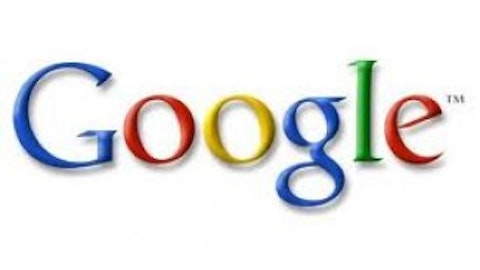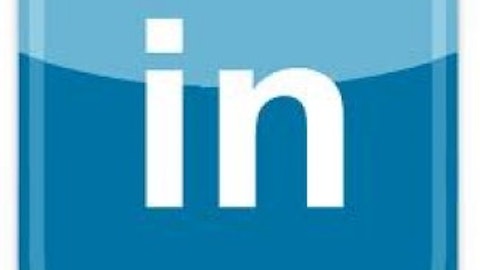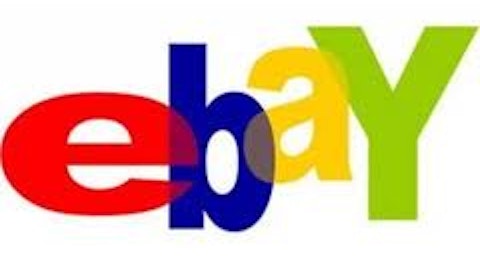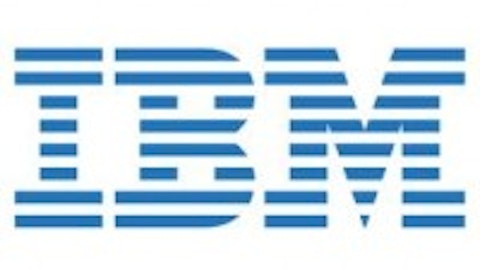See What Halliburton and IBM Do
Companies that do extensive work for the government know the way the business model works. You build all possible contingencies into your bid, and make your price contingent on avoiding implementation problems. Then you escalate costs and take your profit out in the back end.
This is what IBM has long done. International Business Machines Corp. (NYSE:IBM)’s investment metrics are more prosaic than those of Amazon.com, Inc. (NASDAQ:AMZN). You look at the price/earnings (P/E) ratio, buying only when it’s reasonable, and then take your profits over time. IBM regularly earns margins in the 15-20% range, and while the stock has been waffling a bit this year, it should come close to that mark this year as well.
IBM, now primarily a sales-and-service company with a profitable sideline in mainframe computers that have the rapid throughput applications like transaction processing need, regardless of price, knows this business model, both domestically and internationally. When called to account for things like bribery, it reaches a settlement and moves on. Its success is the result of its ability to monetize the value of acquisitions and keep large customers happy.
It may seem strange to offer Halliburton Company (NYSE:HAL) as a comparable here, as the company is best known as an oilfield services firm, but like International Business Machines Corp. (NYSE:IBM) it understands the contracting business, the hidden and long range costs, and it organizes itself accordingly. The company plead guilty to actual criminal charges involving the 2010 Deepwater Horizon spill this week, and the shares then rose in value.
This happened because Halliburton Company (NYSE:HAL) knows its business. Sales growth is nearly Amazon-like, doubling between 2008 and 2012, even after former CEO Dick Cheney left office as Vice President. The company has been steadily increasing its asset base and maintaining its long-term debt level, meaning the debt-to-assets ratio is increasing. Halliburton sells at a P/E of almost 23, about 75% higher than that of IBM, and its operating cash flow figures are close to those of Amazon as well.
About the only advantage IBM has over Halliburton Company (NYSE:HAL) is on yield: dividends yielding nearly 3% against Halliburton’s yield of just over 1%.
My Foolish Bottom Line
There are horses-for-courses, and all the stocks mentioned above will have their fans.
Analysts will bet Amazon.Com for price appreciation, IBM for yield, and Halliburton for a nice combination of the two. And they’ll be right each and every time.
Amazon.com, Inc. (NASDAQ:AMZN)’s problems in government contracting are troubling, but the good news is that Bezos usually learns his lessons and is likely to bid higher on future contracts, find some people who understand the area, or get out of the business.
The article Amazon’s Story of Cash Value and Naivete originally appeared on Fool.com and is written by Dana Blankenhorn.
Dana Blankenhorn owns shares of International Business Machines (NYSE:IBM).. The Motley Fool recommends Amazon.com and Halliburton. The Motley Fool owns shares of Amazon.com and International Business Machines. Dana is a member of The Motley Fool Blog Network — entries represent the personal opinion of the blogger and are not formally edited.
Copyright © 1995 – 2013 The Motley Fool, LLC. All rights reserved. The Motley Fool has a disclosure policy.





